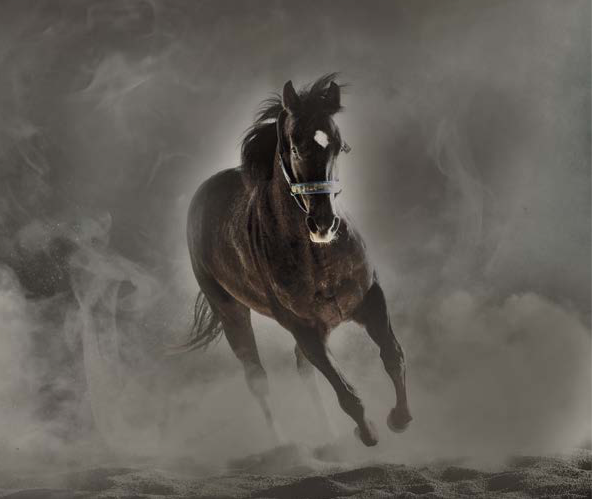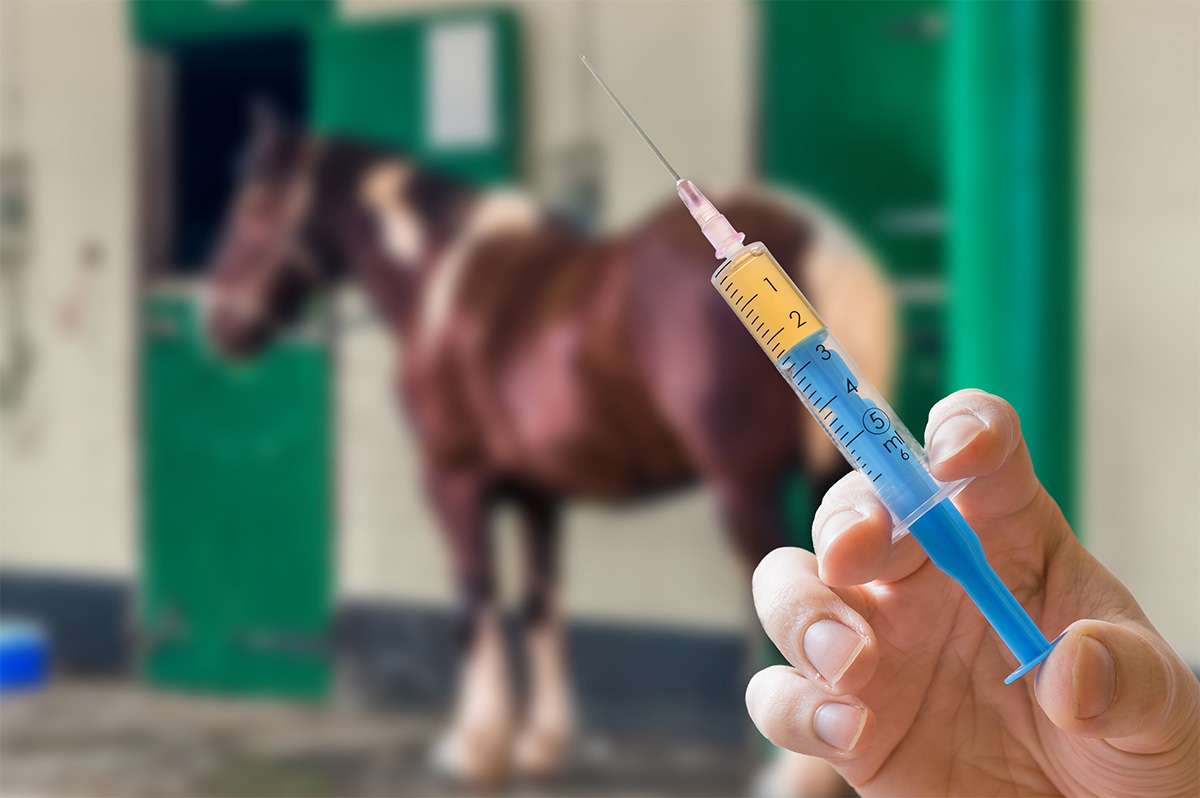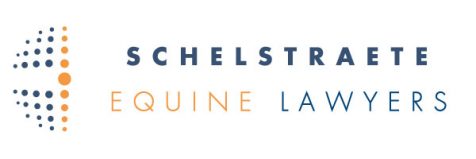The article below was published in Horse Times.
In this edition of HT our legal experts discuss some of their thoughts on doping cases. In their daily practice they often represent athletes and horse owners in doping cases, pending for instance, before the FÉDÉRATION EQUESTRE INTERNATIONALE (THE “FEI”). In this article the experts examine the unpredictability of some doping cases.
We illustrate this article with the example of trimacionlone acetonide as the usage of this specific medication very often leads to the violation of doping / controlled medication regulations. For the purpose of this article we refer to these violations as “doping cases”. Cases involving trimacionlone acetonide demonstrate the unpredictability of doping cases.

TRIAMCINOLONE ACETONIDE AND WITHDRAWAL TIMES
Triamcinolone acetonide is a synthetic corticosteroid with anti- inflammatory effects.This medication is very often used to treat joints when a horse is not comfortable and/ or lame. If the treatment is performed correctly in the joint and the athlete observes the advised withdrawal/ detection times, then usually there should not be any complications following such a treatment. For triamcinolone acetonide the FEI advises seven (7) days withdrawal time. This is based on a single joint treatment with 12 mg dosage. The place where the injection was administered can however have significant effects on the withdrawal times and therefore also on the detection of a substance in question. From the American studies with regards to trimacinoloneacetonide it appears that the withdrawal time of seven days can be deemed correct but only under very strict and ideal conditions (the injection performed correctly) like, for instance, at the university equine clinic. In practice, the withdrawal times can be much longer than earlier expected.
The Association of Racing Commissioners International in North America recommends withdrawal times for intra-articular (IA) of seven days for triamcinolone acetonide based on 9 mg dosage. However, the problem is that, as the FEI correctly recognized in its regulations, horses are athletes that cannot speak for themselves. They cannot inform the veterinarian in question whether the needle has been injected properly in the joint and not, for instance, in the muscle. If the latter the case, then the withdrawal times get considerably longer.
TO COMPETE OR NOT COMPETE AFTER A TREATMENT?
Many vets to whom we speak in our daily practice are very reluctant to advise on any withdrawal time when treating sport horses. Various factors may specifically influence the withdrawal times, so you really need to investigate the horse very well. The vet must be familiar with the physiology of the horse in question in order to make a correct assessment on the withdrawal times. It must be mentioned that the FEI recommendations have been based on a very limited number of horses so even though the withdrawal times are officially published they should be treated only as guidelines. Reportedly, there have been cases involving withdrawal times of trimacinolone acetonide being 30 and 40 days. If an athlete wants to compete with the horse after this treatment he should – together with his vet – consider the matter and take a safety margin into account. It is further advisable to well-document the treatment and the decision to be made as – if things go wrong – the athlete can provide evidence to the FEI in possible proceedings.
THINKTWICE BEFORE AGREEING TO “ADMINISTRATIVE TRACK” SETTLEMENT
 Athletes sometimes agree to the so- called “administrative track” of the FEI in which they can pay a certain amount for the violation and then go on with competing. This seems tempting at first sight, but in reality only a few athletes realize what the consequences are. If for example you are charged with doping within four years after such admission, then this first violation “settled via the administrative track” will count as first violation and the new violation will be qualified as a second violation. The penalties may be then doubled by the FEI. By three violations within the period of four years the athlete in question has a problem with the FEI. We are not saying that choosing the “administrative track” is not correct, but it always good to consider which options one has in the case at hand. Sometimes, it might be better to enter into a voluntary suspension and sometimes to fight the case.
Athletes sometimes agree to the so- called “administrative track” of the FEI in which they can pay a certain amount for the violation and then go on with competing. This seems tempting at first sight, but in reality only a few athletes realize what the consequences are. If for example you are charged with doping within four years after such admission, then this first violation “settled via the administrative track” will count as first violation and the new violation will be qualified as a second violation. The penalties may be then doubled by the FEI. By three violations within the period of four years the athlete in question has a problem with the FEI. We are not saying that choosing the “administrative track” is not correct, but it always good to consider which options one has in the case at hand. Sometimes, it might be better to enter into a voluntary suspension and sometimes to fight the case.
CONCLUSIONS: GUILTY UNTIL PROVEN OTHERWISE
Contrary to criminal proceedings the doping regulations worldwide assume that the “person responsible” (the term under the FEI jargon for the person accountable for the horse) is guilty until he proves otherwise. It is then up to him to prove otherwise. Talking specifically about the equestrian sport it comes down to the following. The person responsible accused of the violation needs to demonstrate that he can explain how a specific medication got into the horse’s system. Stating “I do not know” has no use. Under the doping regulations the strict liability principle applies. After proving how the medication got into the horse’s system, the person responsible has to prove that he did not have “significant fault” or “negligence” in the violation of the doping regulations. The factual circumstances of the specific case are here crucial.
Very important are:
- proof of the assessment of the withdrawal time;
- not competing during that period (no enhancement of the performance); and
- maintenance of veterinary records. The veterinarian who treated the horse must be a person reputable whom the person responsible could reasonably trust and not a random vet. All this together can play a role in the FEI Tribunal’s decision.
FEI_detection_times_lab_2015_2.pdf
Nancy S. Loving. DVM, Corticosteroid clearance following joint injections. See http://www.thehorse.com/articles/35746/corticosteroid-clearance-following-joint-injections
For more information please contact us.

